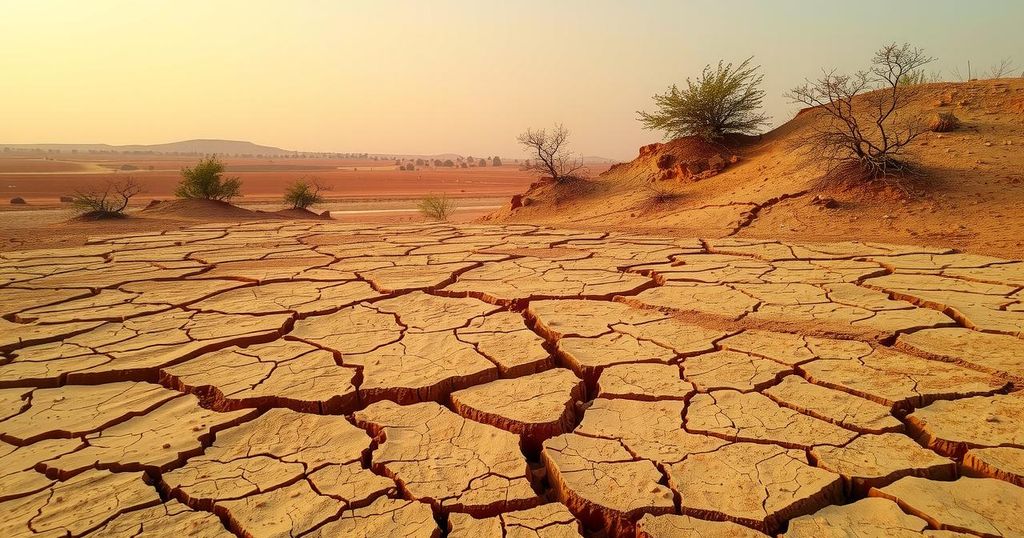Extreme heat has been a persistent crisis in South Sudan, disproportionately affecting women and girls. The health and education sectors face severe disruptions due to heat conditions, worsening existing inequalities and vulnerabilities. Climate change intensifies these events, necessitating targeted adaptations and interventions to mitigate their impacts on affected populations.
Extreme heat continues to impose severe impacts on vulnerable populations in South Sudan, particularly affecting women and girls. Since mid-February, the region has experienced dangerously high daytime temperatures, leading to school closures in Juba and a significant health crisis with numerous heatstroke cases. Limited access to adequate housing, cooling facilities, and clean water further exacerbates the challenges faced by the population, particularly in urban areas.
The scale of heat-related complications extends beyond immediate health risks, disproportionately affecting women and girls in an already gender-unequal society. Women in South Sudan encounter substantial challenges, including high maternal mortality rates and limited access to education and employment opportunities. A substantial majority of women work in heat-exposed environments and undertake significant unpaid care responsibilities, rendering them particularly vulnerable to heat-induced health effects.
Furthermore, the ongoing extreme heat disrupts education, with school closures likely to increase risks of learning loss and early marriages. Recommendations such as adjusting school schedules to avoid peak heat times and implementing cooling strategies in school facilities could be vital in addressing these issues. Additionally, educational interventions on heat awareness can provide students and teachers with essential information to combat heat-related health risks effectively.
The severe heat conditions also worsen existing malnutrition rates among children, exacerbating health disparities, especially in female-headed households. Coupled with limited access to food and healthcare, the health of these children is at great risk, creating a vicious cycle of poverty and inequality in an already dire humanitarian context.
Conflict and displacement in the region further intensify heat exposure risks, particularly for women and girls. The ongoing conflicts have displaced over a million individuals into crowded shelters, which lack proper ventilation. This lack of resources increases their susceptibility to heat and violence, highlighting the urgent need for comprehensive strategies to address their needs in such contexts.
Recent climate research indicates that the observed temperatures in South Sudan are no longer unusual due to human-induced climate change, which has made extreme heat events approximately 10 times more likely and at least 2°C hotter. Climate modeling reveals that without anthropogenic warming, such extreme temperatures would be highly improbable.
Targeted community interventions are essential in mitigating the detrimental effects of heat, especially in conflict-affected regions. Initiatives focused on improving access to safe water, shaded areas, and cooling spaces, such as the Ajuong Thok refugee camp, can provide significant relief to vulnerable populations. Moreover, adaptation strategies must consider gender and conflict dynamics to ensure equitable solutions that reinforce resilience and coping mechanisms for women and their families.
In summary, women and girls in South Sudan are disproportionately affected by extreme heat events, which exacerbate existing vulnerabilities and inequalities. The severe heat impacts health, education, and food security, particularly for women engaged in informal sectors and caregiving roles. Climate change significantly aggravates these conditions, necessitating targeted community interventions designed with gender and conflict considerations. Such efforts are vital for building resilience and improving the quality of life for those most impacted by climate-induced heat waves.
Original Source: www.worldweatherattribution.org




